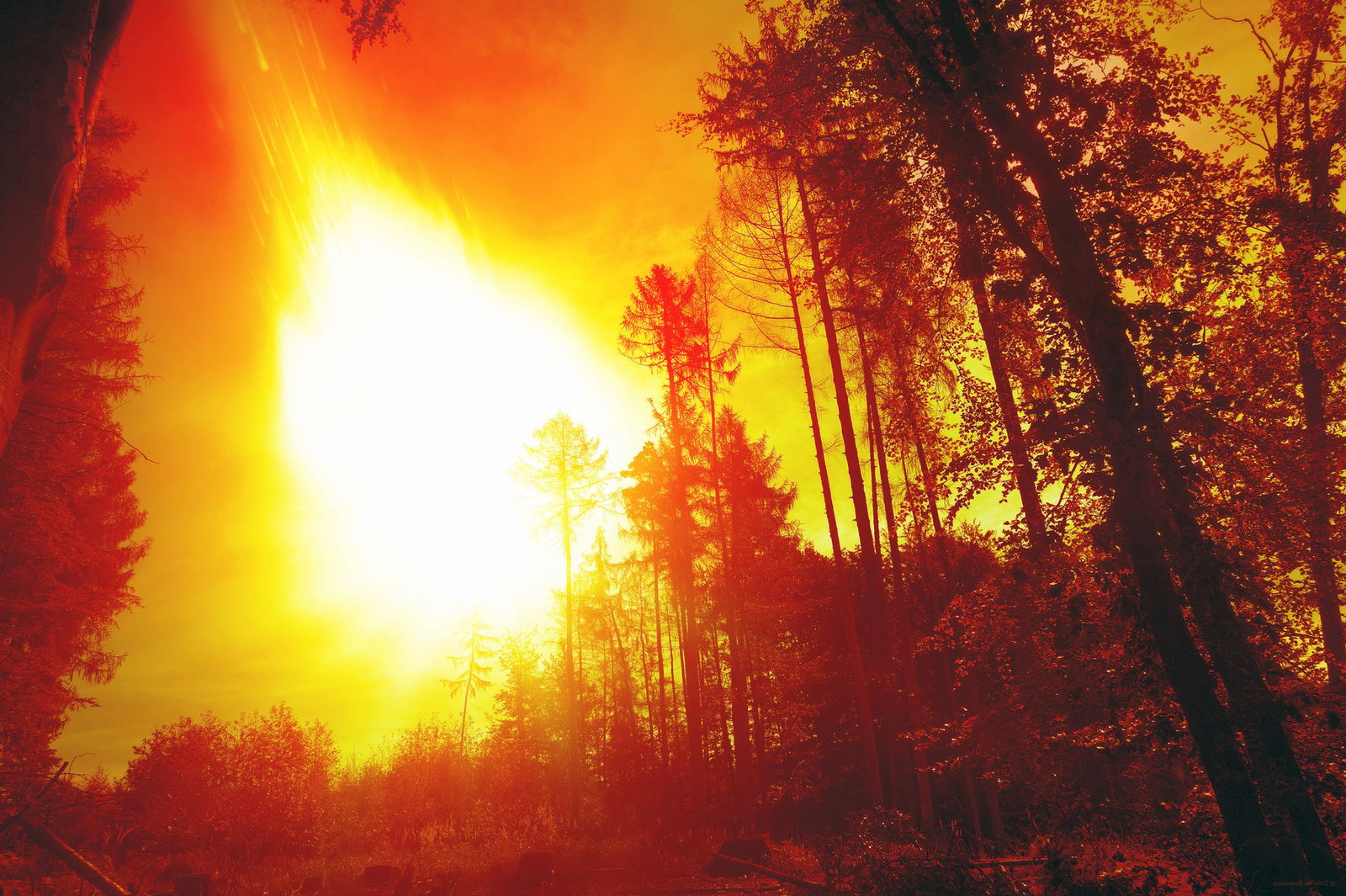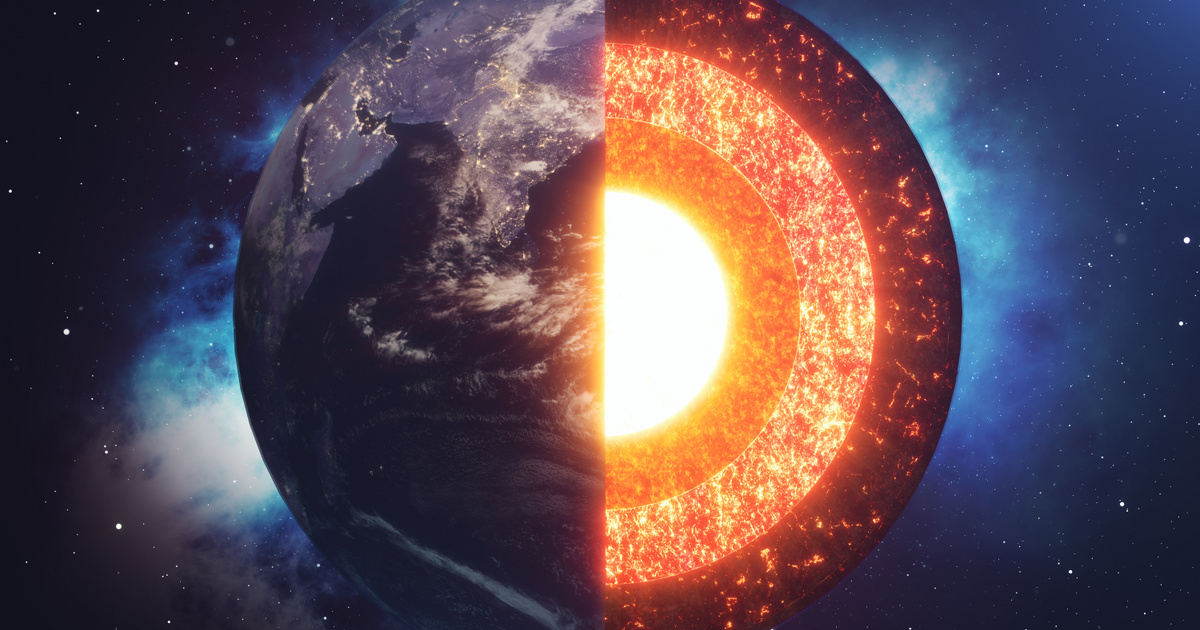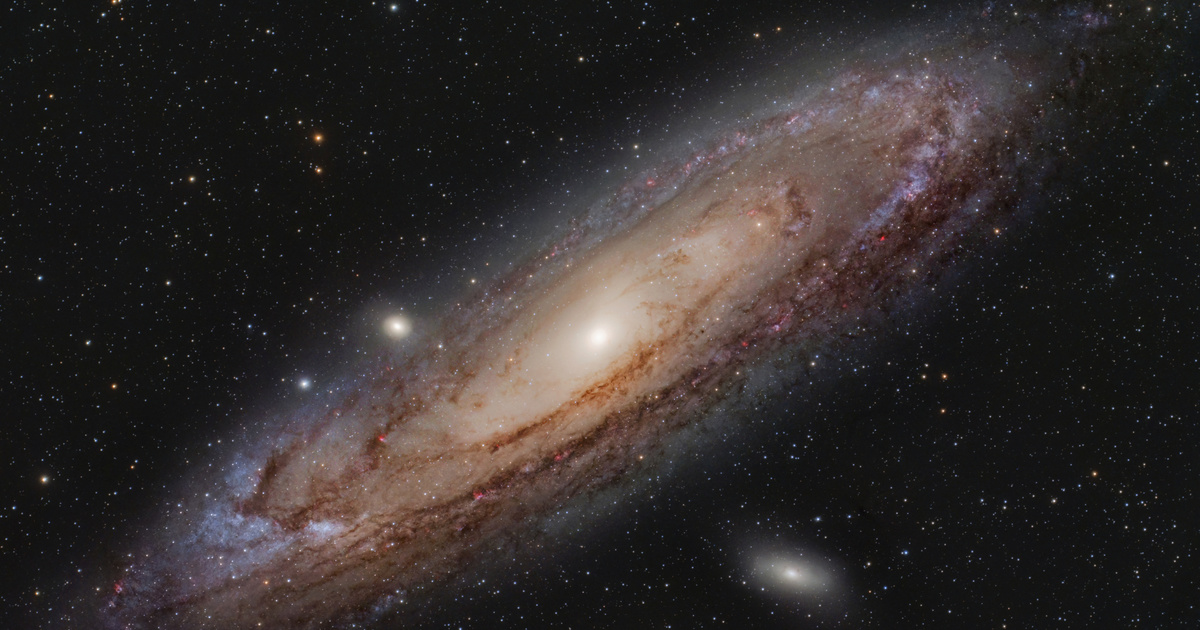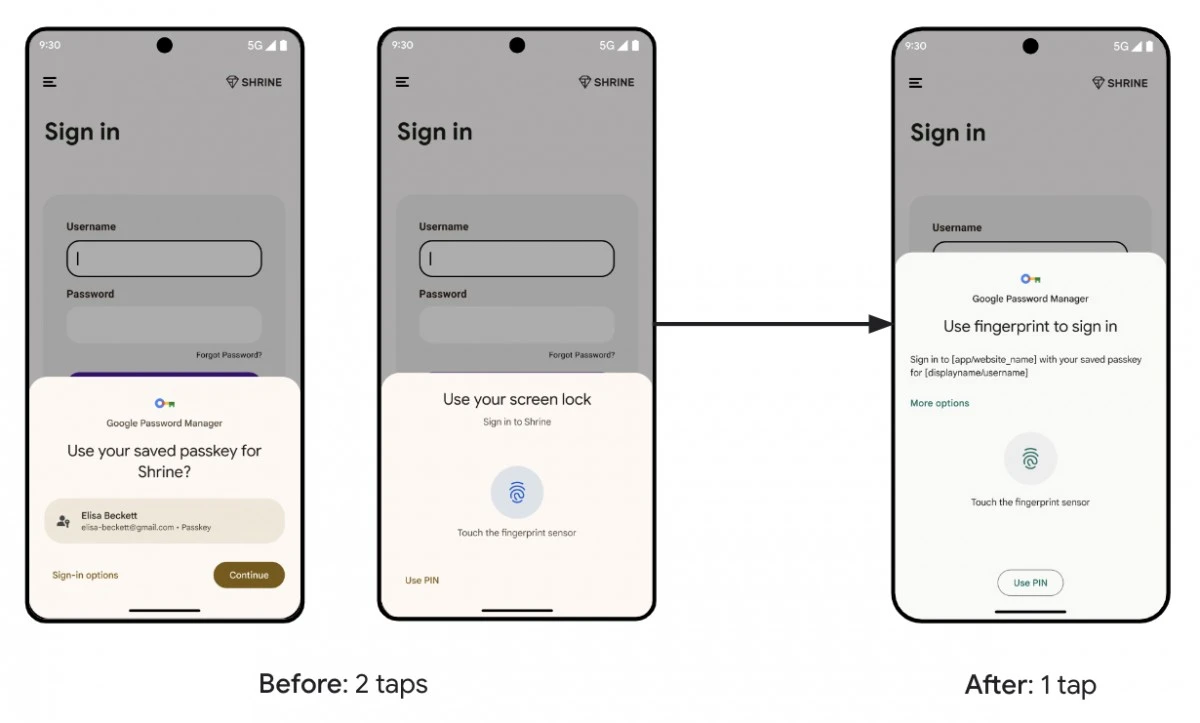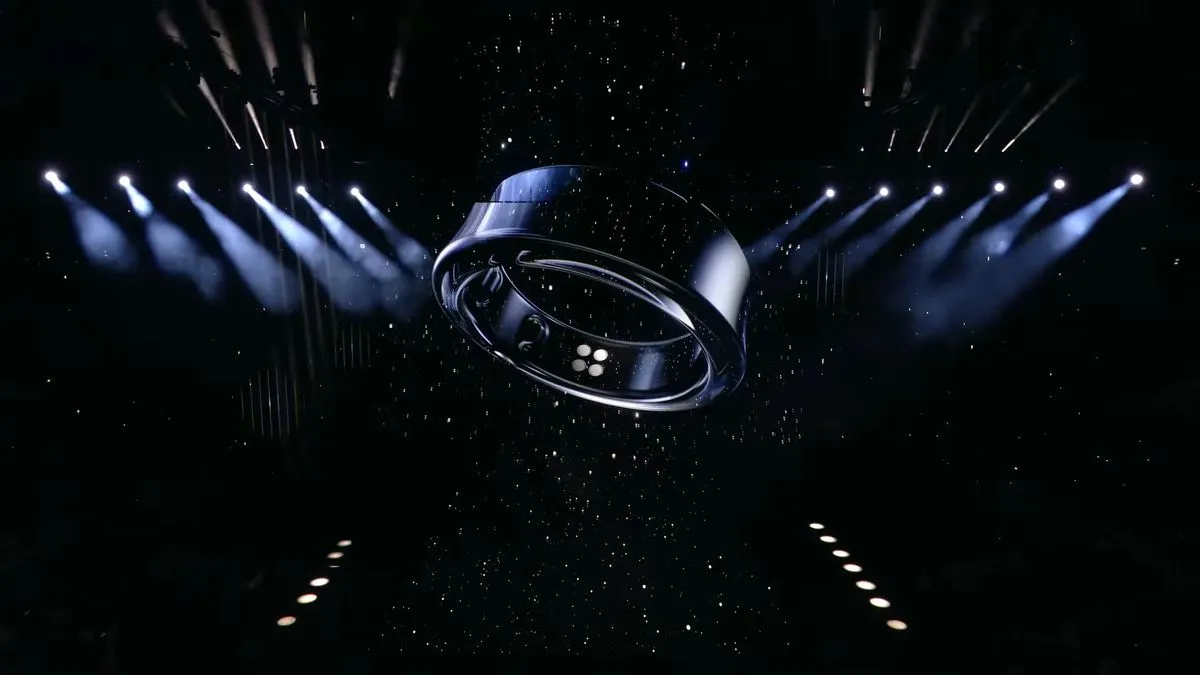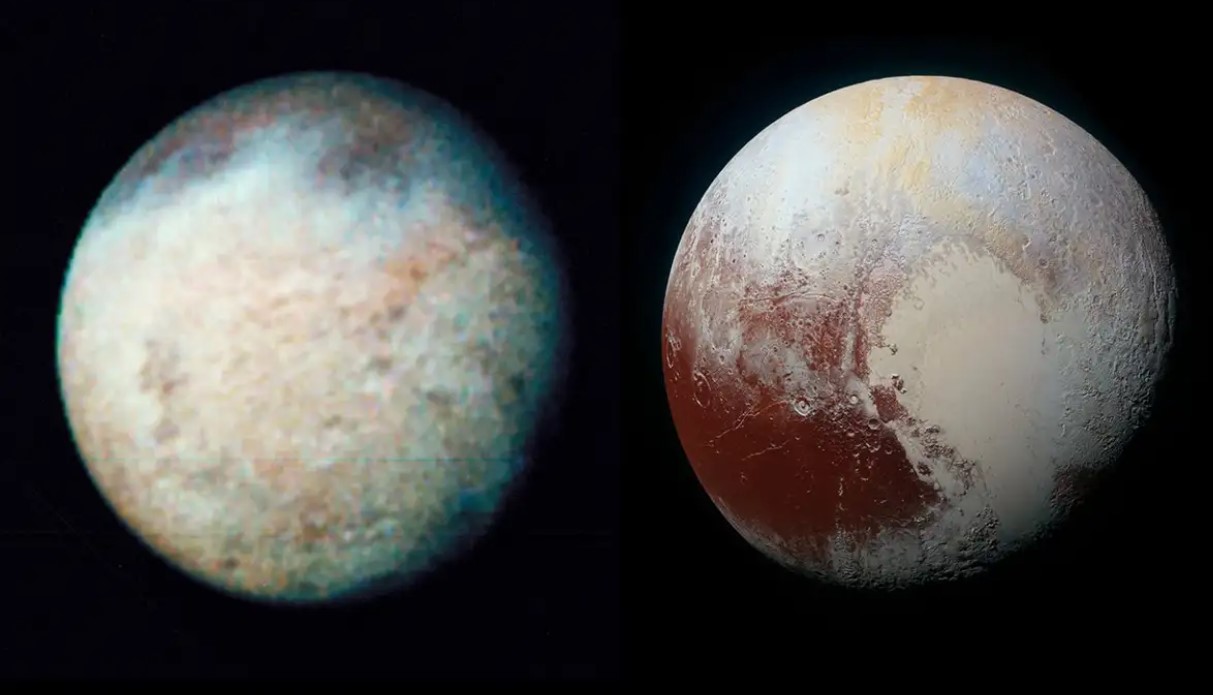25 researchers from many well-known astronomical institutions note that, at present, it is only a preliminary The study was published as an introduction to print, where the galaxy is already active only 300 million years after the Big Bang (13.8 billion years ago). The results of the research have not yet been subjected to professional review and publication in official journals, so let us now exercise caution in their accuracy and conclusions. Although many people do not like and do not understand the importance of the fact that science treats facts with caution, so it makes assumptions and statements that are not black and white, but in this case, let’s be more lenient than usual! The James Webb Space Telescope (JWST) is an entirely new instrument, and we don’t have much experience with its measurement properties, so it’s hard to calculate, for example, the margin of error it works with while searching.
Well, what have we learned about the galaxy in question, which has an extension glass-z13 give a name? First of all, the name is very expressive: A GLASS is the name of such a scientific programcurrently analyzing early JWST recordings, a Z 13 This means that the redshift, which a z It is indicated by a letter, the value is 13. (You will not be alone, another unusual galaxy was also found, which was named GLASS-z11 – you guessed it, because of the redshift of 11.) The light from GLASS-z13 began 13.4 billion years ago, That is, it could have formed sometime in the first 300 million years of the universe, but according to researchers’ estimates, due to the expansion of the universe, we are now 33 billion light years away from it.
JWST measures in a much wider range of wavelengths, which exceeds the capabilities of the Hubble Space Telescope, the first 400 million years from the frontier of the universe, and is able to detect such distant points from the past thanks to an instrument called NIRCam. In this case, the research team that analyzed JWST early emission images took advantage of this feature and searched for objects with a redshift greater than 10. During this, they found only one object that looked like a red dot in the optical range.
The search itself was not easy either, as points that were visible in several wavelength ranges had to be searched, and potential objects found in this way were examined individually to see if some kind of data distortion had caused their appearance. A total of 5 objects remained that did not appear to be errors in the data, and two of them were very bright. The last two became GLASS-z11 and GLASS-z13.
Analysis and modeling of the shape and size of the GLASS-z11 in the top row, and GLASS-z13 in the bottom row. The first images were taken from the JWST registration, the second from the model computation, and the third from the rest of the data filter. Based on this, object z11 appears as an elongated disk and may be 2.28 million light-years across. The area of z13 can span 1.63 million light-years.
Source: Naidu & Oesch et al. / Archives
The oldest galaxy with a mass of 1 billion solar masses already existed 400 million years after the Big Bang, we know this from the Hubble data, but according to current analyzes there was already a galaxy of similar size in the early universe at least 100 million years ago . If the discovery of these two objects turns out to be correct, Hubble’s discovery of Gnz-11, the oldest to date, was not a fluke, but part of a trend that researchers hope others will soon follow. This is exciting if one of JWST’s main goals is to explore the properties of the early universe.
Of course, it is conceivable that this data is the result of some kind of error that is not currently recognized, but it can easily become clear if color image analysis is also performed on the objects. From the image of the recorded object(s), it is possible to deduce a number of properties for which researchers do not currently have data, and this may prove or refute the subject of the discovery. Although the evidence suggests that the researchers’ assumptions may be correct, checking them will be very important.






